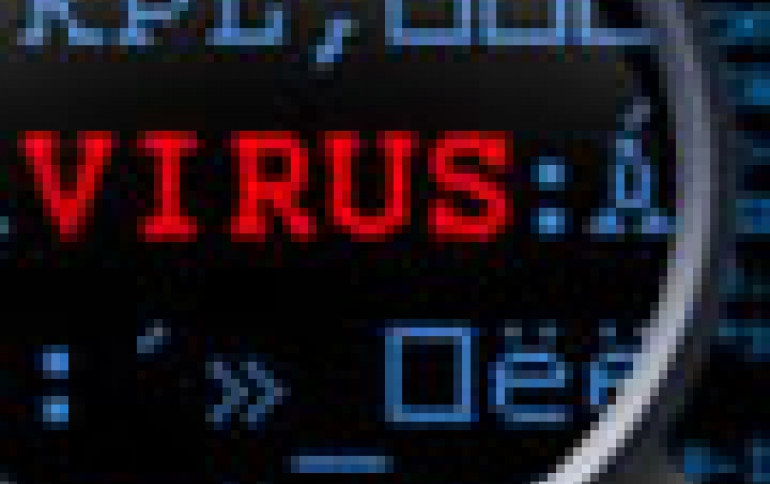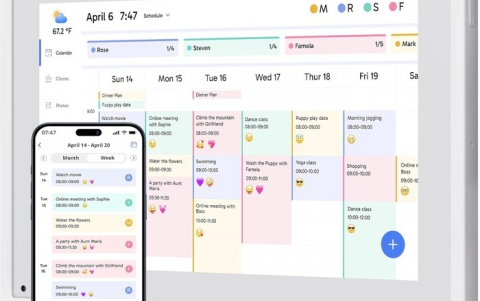
Cyber Attack Targets Nato, Government Websites
Security researchers have identified an ongoing cyber-espionage campaign that compromised computers belonging to government organizations, research institutes.
The unknown malware exploits an exploited a 0-day vulnerability in Adobe Reader and was named 'Miniduke' by Kaspersky Labs and CrySyS Lab, who discovered the new threat. Adobe said a software patch issued last week should protect users from "MiniDuke" providing they downloaded it.
To compromise the victims, the attackers used effective social engineering techniques which involved sending malicious PDF documents to their targets. According to Kaspersky Labs, the PDFs were highly relevant and well-crafted content that fabricated human rights seminar information (ASEM) and Ukraine's foreign policy and NATO membership plans. These malicious PDF files were rigged with exploits attacking Adobe Reader versions 9, 10 and 11, bypassing its sandbox.
Here is how it works: Once the system is exploited, a very small downloader is dropped onto the victim's hard disk. This downloader is unique per system and contains a customized backdoor written in Assembler. When loaded at system boot, the downloader uses a set of mathematical calculations to determine the computer's unique fingerprint, and in turn uses this data to uniquely encrypt its communications later.
If the target system meets the pre-defined requirements, the malware will use Twitter and start looking for specific tweets from pre-made accounts. These accounts were created by MiniDuke?s Command and Control (C2) operators and the tweets maintain specific tags labeling encrypted URLs for the backdoors.
These URLs provide access to the C2s, which then provide potential commands and encrypted transfers of additional backdoors onto the system via GIF files.
Once the infected system locates the C2, it receives encrypted backdoors that are obfuscated within GIF files and disguised as pictures that appear on a victim's machine.
Once they are downloaded to the machine, they can fetch a larger backdoor which carries out the cyberespionage activities, through functions such as copy file, move file, remove file, make directory, kill process and of course, download and execute new malware and lateral movement tools.
The final stage backdoor connects to two servers, one in Panama and one in Turkey to receive the instructions from the attackers.
By analysing the logs from the command servers, researchers at Kaspersky Labs have observed 59 unique victims in 23 countries:
Belgium, Brazil, Bulgaria, Czech Republic, Georgia, Germany, Hungary, Ireland, Israel, Japan, Latvia, Lebanon, Lithuania, Montenegro, Portugal, Romania, Russian Federation, Slovenia, Spain, Turkey, Ukraine, United Kingdom and United States.
Nato has not officially confirmed its servers were attacked. The security researchers also declined to further elaborate on the targets' identities.
To compromise the victims, the attackers used effective social engineering techniques which involved sending malicious PDF documents to their targets. According to Kaspersky Labs, the PDFs were highly relevant and well-crafted content that fabricated human rights seminar information (ASEM) and Ukraine's foreign policy and NATO membership plans. These malicious PDF files were rigged with exploits attacking Adobe Reader versions 9, 10 and 11, bypassing its sandbox.
Here is how it works: Once the system is exploited, a very small downloader is dropped onto the victim's hard disk. This downloader is unique per system and contains a customized backdoor written in Assembler. When loaded at system boot, the downloader uses a set of mathematical calculations to determine the computer's unique fingerprint, and in turn uses this data to uniquely encrypt its communications later.
If the target system meets the pre-defined requirements, the malware will use Twitter and start looking for specific tweets from pre-made accounts. These accounts were created by MiniDuke?s Command and Control (C2) operators and the tweets maintain specific tags labeling encrypted URLs for the backdoors.
These URLs provide access to the C2s, which then provide potential commands and encrypted transfers of additional backdoors onto the system via GIF files.
Once the infected system locates the C2, it receives encrypted backdoors that are obfuscated within GIF files and disguised as pictures that appear on a victim's machine.
Once they are downloaded to the machine, they can fetch a larger backdoor which carries out the cyberespionage activities, through functions such as copy file, move file, remove file, make directory, kill process and of course, download and execute new malware and lateral movement tools.
The final stage backdoor connects to two servers, one in Panama and one in Turkey to receive the instructions from the attackers.
By analysing the logs from the command servers, researchers at Kaspersky Labs have observed 59 unique victims in 23 countries:
Belgium, Brazil, Bulgaria, Czech Republic, Georgia, Germany, Hungary, Ireland, Israel, Japan, Latvia, Lebanon, Lithuania, Montenegro, Portugal, Romania, Russian Federation, Slovenia, Spain, Turkey, Ukraine, United Kingdom and United States.
Nato has not officially confirmed its servers were attacked. The security researchers also declined to further elaborate on the targets' identities.





















